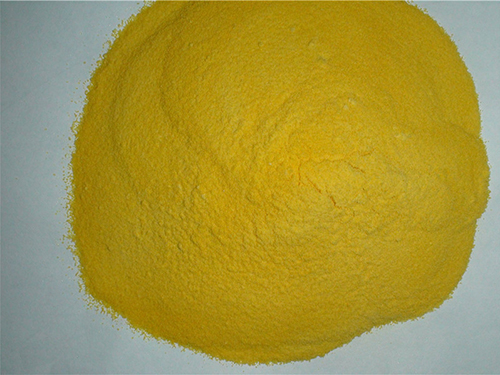Exploring the Benefits and Applications of ATMPT Acid in Various Industries
Understanding ATMP Acid Its Significance and Applications
ATMP, or Amino Trimethylene Phosphonic Acid, is a highly effective phosphonic acid derivative that has gained significant attention in various industrial applications. This compound, recognized for its unique chemical properties, plays a crucial role in the fields of water treatment, cement, and metal surface treatment.
Chemical Properties of ATMP
ATMP is characterized by the presence of amino and phosphonic groups within its molecular structure, which contributes to its high chelating ability. This means it can bind effectively with metal ions, preventing them from precipitating in industrial processes. The chemical formula of ATMP is C7H18N3O9P, and it typically appears as a colorless liquid or a solid in powdered form.
Role in Water Treatment
One of the primary applications of ATMP is in water treatment facilities. Due to its excellent scale inhibition properties, ATMP is widely used in cooling water systems, boiler systems, and oilfield water treatments. Its ability to sequester calcium, magnesium, and other metal ions helps in reducing the formation of scale, which can severely impact the efficiency of heat exchangers and other machinery. By preventing scale buildup, companies can save millions in maintenance costs and improve the overall efficiency of their systems.
In addition to scale inhibition, ATMP also proves effective as a corrosion inhibitor. It forms a protective layer on metal surfaces, minimizing the corrosion process, thus prolonging the lifespan of expensive equipment. The dual function of ATMP as both a scale and corrosion inhibitor makes it a valuable addition to the water treatment arsenal.
Applications in Cement and Concrete
atmp acid

The use of ATMP extends beyond water treatment. In the construction industry, it is often incorporated into cement and concrete formulations. When added to the cement mix, ATMP enhances the dispersion of cement particles, improving the overall workability of the concrete. This leads to better mixing and placement, ultimately resulting in higher strength and durability of the final product.
Furthermore, ATMP acts as a waterproofing agent in cement-based products, helping to reduce water permeability. This characteristic is particularly important in applications where structures are exposed to harsh environmental conditions or where water resistance is critical, such as in dams, bridges, and tunnels.
Metal Surface Treatment
In metal surface treatment processes, ATMP is utilized to improve the adhesion of coatings and paints. By chelating metal ions, ATMP facilitates a cleaner, smoother surface, which is vital for achieving a high-quality finish. Its ability to prevent oxidation also contributes to enhanced durability in painted metal surfaces, making it an essential component in various industrial coatings.
Environmental Considerations
As industries increasingly focus on sustainability, the environmental impact of chemical agents like ATMP has come into question. Fortunately, ATMP is considered to have a favorable environmental profile compared to other phosphonates. It is non-toxic and biodegradable, which aligns with the growing demand for environmentally friendly chemical solutions. This makes ATMP a safer alternative in applications where environmental implications are taken into account.
Conclusion
In summary, ATMP acid is a versatile compound with a wide array of applications across different industries. From water treatment and cement production to metal surface treatment, its unique properties as a scale inhibitor, corrosion protector, and adhesive enhancer have established it as a valuable asset in various industrial processes. As industries strive for greater efficiency and sustainability, the significance of ATMP acid will likely continue to grow, offering innovative solutions to pressing challenges.
-
LK-319 Special Scale And Corrosion Inhibitor For Steel Plants: Advanced Solutions for Industrial Water SystemsNewsAug.22,2025
-
Flocculant Water Treatment: Essential Chemical Solutions for Purification ProcessesNewsAug.22,2025
-
Isothiazolinones: Versatile Microbial Control Agents for Industrial and Consumer ApplicationsNewsAug.22,2025
-
Scale Inhibitor: Key Solutions for Water System Scale PreventionNewsAug.22,2025
-
Organophosphonates: Versatile Scale Inhibitors for Industrial Water SystemsNewsAug.22,2025
-
Scale and Corrosion Inhibitor: Essential Chemical Solutions for Water System MaintenanceNewsAug.22,2025





